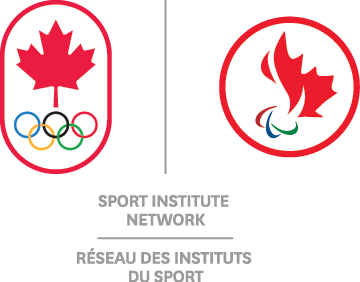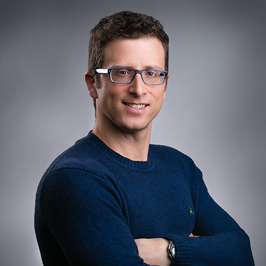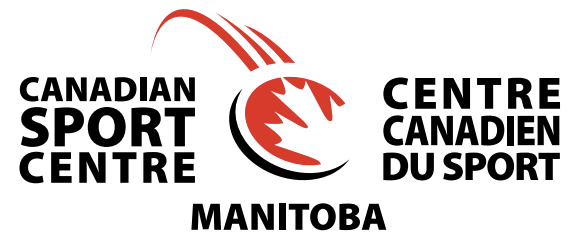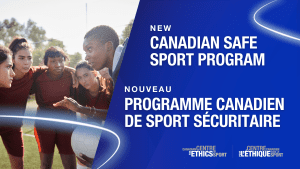Fit for the Podium
CSCM’s Strength and Conditioning Lead, Kyle Turcotte, shares what a typical day looks like for someone in his discipline, and how he helps elite athletes achieve their performance goals.
When family and friends ask what you do, how do you explain it?
Strength and Conditioning (S&C)’s job is to help prepare Olympic and Paralympic athletes to be their best physically. Coaches teach sport specific skills and technical skills, whereas we work in the weight room and other environments to increase fitness, muscular strength and conditioning. Conditioning is about energy systems, working with fitness components other than just weightlifting.
For example, when we worked with the women’s wheelchair basketball team, the athletes did quite a bit of speed training with us, and aerobic training at practices with their coach. Our job is to enhance their capacity and have them physically ready for training sessions.
What’s the most common question you get asked?
“What is Para?” I think it’s incredibly cool to work with Olympians and Paralympians. Not everyone understands how Para is different, because it’s harder for the public to understand the classifications that go into the event. For example, the 100m alone has quite a few events. Athletes who are visually impaired, confined to a wheelchair, blade-runners… they all train in totally different ways from each other.
The Paralympic Games don’t get the same amount of TV coverage that the Olympics do. Often it’s possible to stream online (London, Sochi and Rio were good for that), but more people would understand the world of Para sports if there were more mainstream coverage.
What motivated you to take this career path?
I was working toward athletic therapy and started doing personal training to bring in extra income. I enjoyed working with athletes, and found their level of motivation very inspiring and rewarding to work with. Their goals were performance-based rather than health-based like in athletic therapy – I found it very fun. Athletes are very dedicated because they know what they want to achieve. If I can communicate the values and benefits of S&C training to athletes, the work we do together will benefit their sport.
What’s your favourite part of the job?
Interacting with athletes. I like all the different groups I get to work with, and the more involvement I have with any group or individual, the more I enjoy working with them. More than anything, I like to see their success.
Another aspect I like is the overlap with physiology; there’s collaboration between the two disciplines. Physiology is big picture planning and monitoring, versus S&C, which is about implementation. Physiology and S&C need to know enough of each other’s areas to yield the best plan for an athlete.
What’s one thing you wish people would ask but they never seem to?
I wish people would want to know more about athletes and the success they have – to want to learn what it means and what it really takes to be a high performance athlete. It’s a huge dedication of time and energy. Even if they didn’t “make it” or win, it still counts as a success and it still requires major dedication.
What does a typical day look like for you?
One or two training sessions in weight room of one to two hours each. Then time for program planning. Because I work with a lot of remote athletes who live outside Winnipeg, I write S&C programs for them and check on their progress. The rest of my day is typically spent on administration and professional development.
What’s the biggest challenge you face in a day?
Staying as current and as cutting edge as possible without compromising the basics of what we do. Every new initiative or testing procedure, we trial it ourselves first to make sure it’s valid, reliable and getting the type of info we want. Then we try with athletes to improve the precision of measures and procedures we’re using.
Describe your role in five words or less.
Build fitness; prevent injury.
Does your job impact your parenting or family?
My day has some inherent flexibility to it, allowing me to drop my kids off at school and pick them up, which I love. The trade off is sometimes I have to travel and miss things here and there. My kids have at times come with me to training sessions and have gotten to know a lot of the athletes that I work with.
They’ve been introduced to a variety of high performance athletes. This has led to them being interested in sports they might not have been traditionally encountered. For instance, both my sons have tried diving; one continues. I have no grand plans for my kids to be elite athletes; I want them to enjoy any activity they choose, whether that be sport, art or recreation. If they do decide to take up and excel at any sport, they’ll have a great in on how to train!




